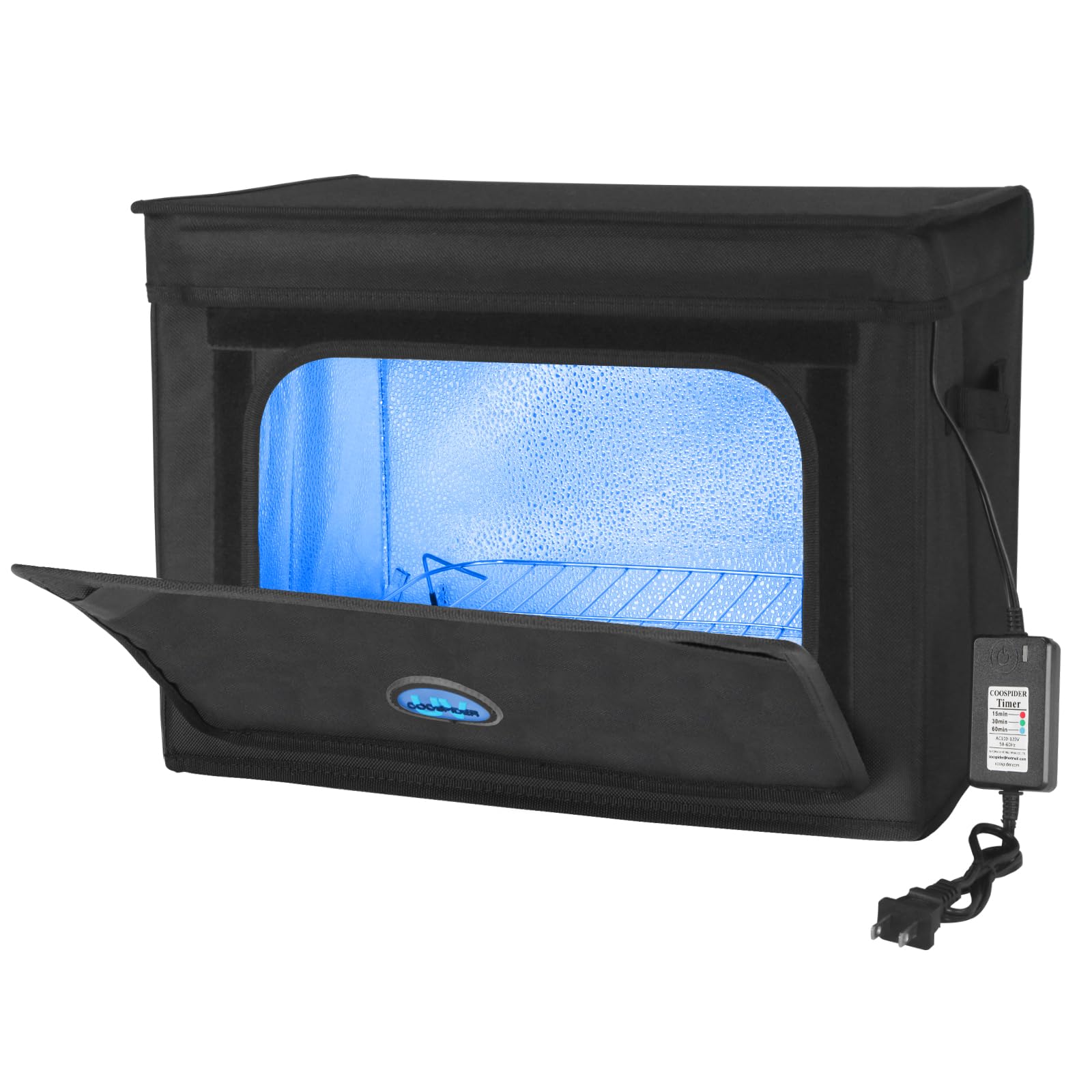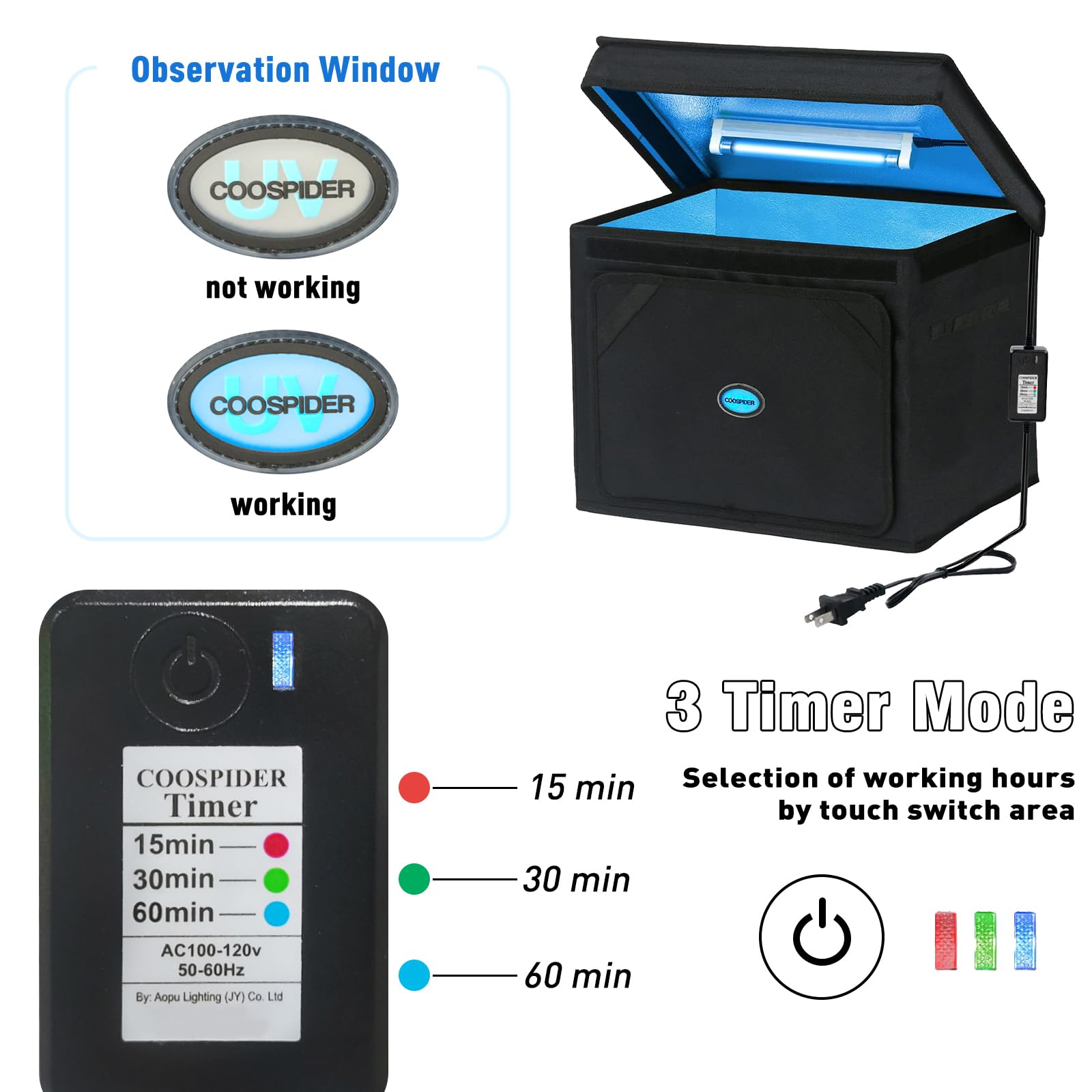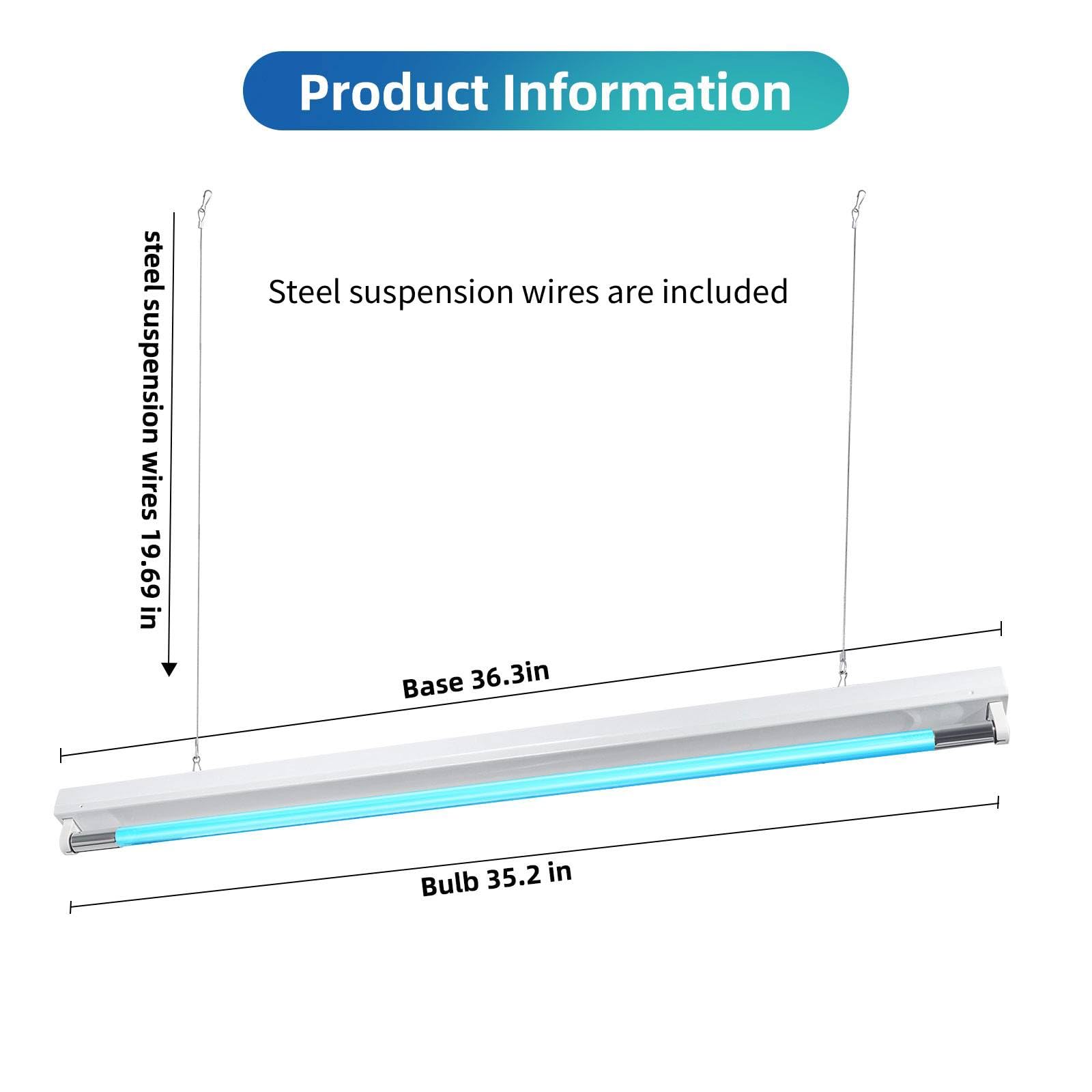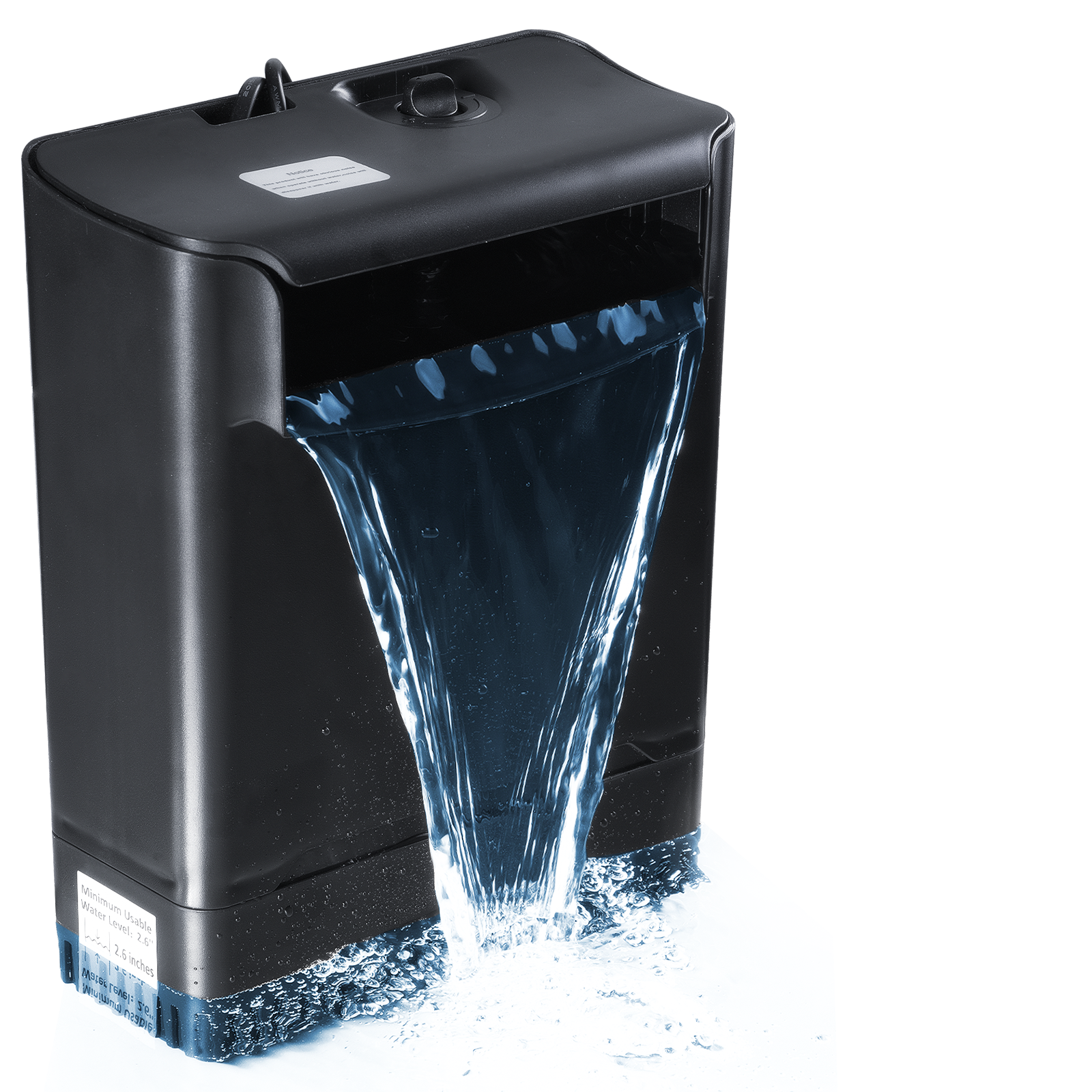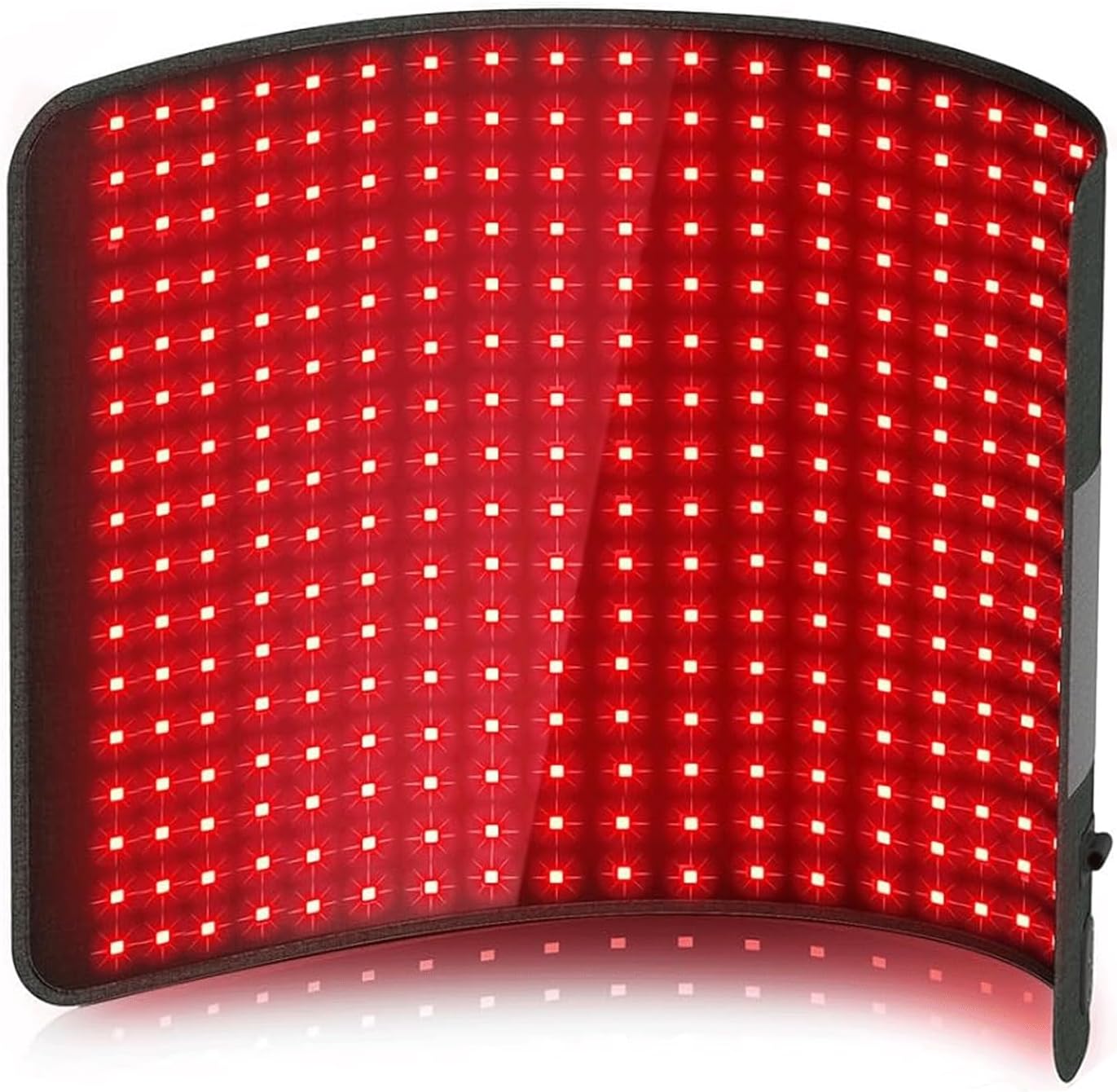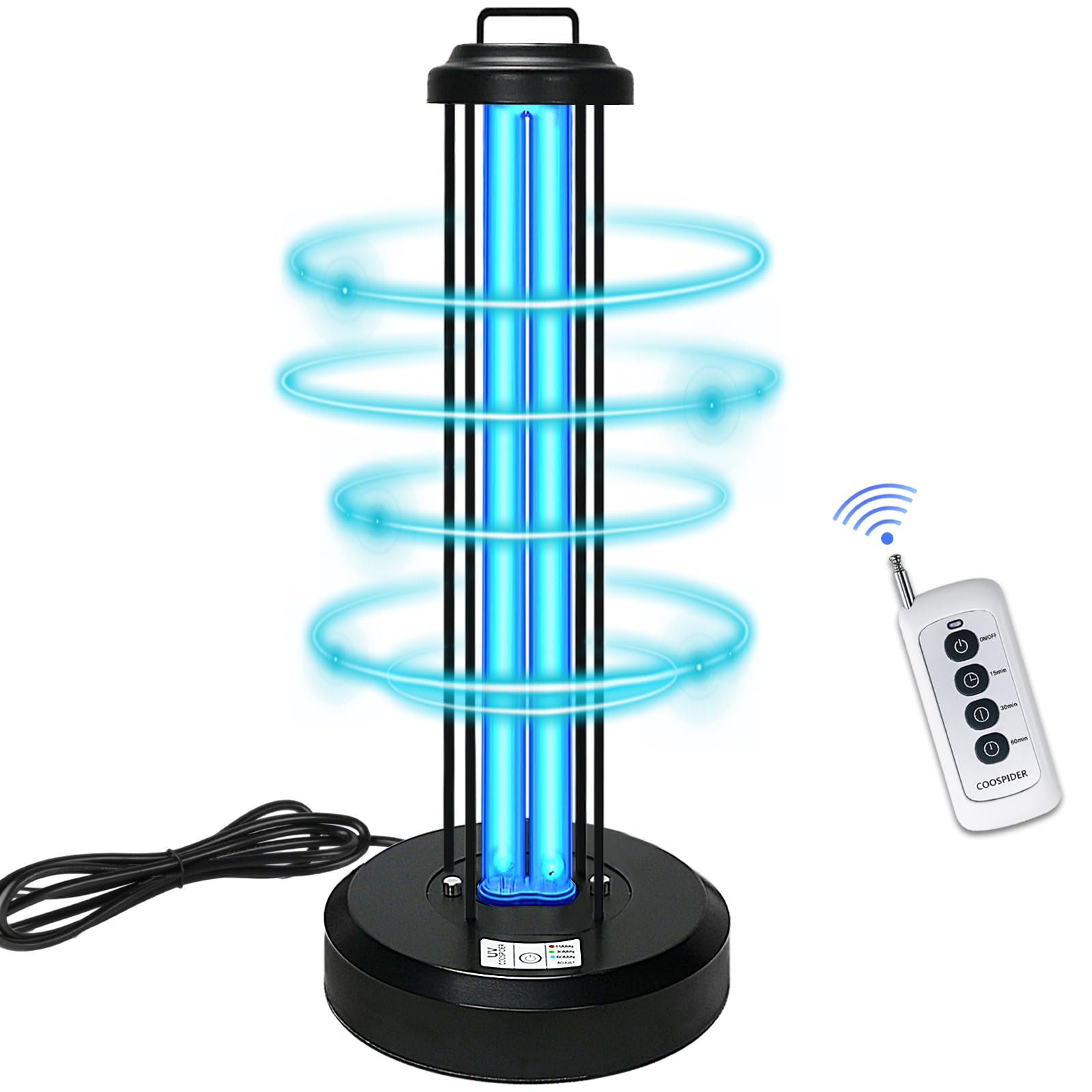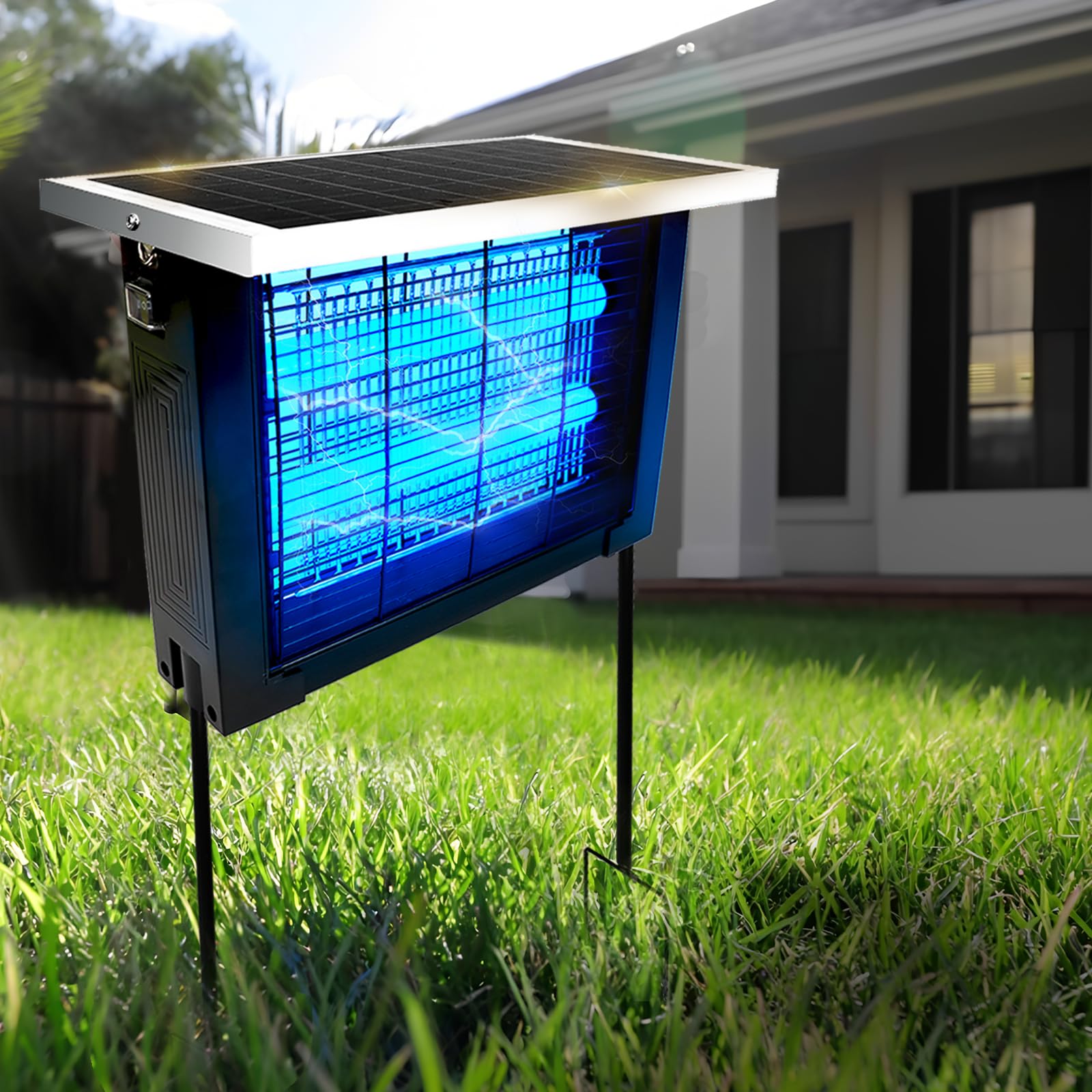In the age of smart homes, convenience, security, and energy efficiency have become the holy trinity of modern living. From voice-controlled assistants to smart thermostats, technology is seamlessly integrating into our daily lives. Yet, among all the flashy gadgets and AI-driven devices, one unsung hero works quietly behind the scenes: **infrared motion sensors**. These small, often unnoticed devices act as silent guardians of our homes, enhancing safety, improving comfort, and optimizing energy consumption. This blog will provide an in-depth look at how infrared motion sensors function, their applications, benefits, limitations, and their role in shaping the future of smart living.
---
#### Section 1: What Are Infrared Motion Sensors?
Infrared motion sensors, often referred to as PIR (Passive Infrared) sensors, are devices designed to detect movement by sensing infrared radiation—heat energy—emitted by living beings and objects. Unlike cameras or other detection methods, PIR sensors do not rely on visible light, making them discreet and effective under various conditions.
* **Passive Infrared (PIR)**: These sensors passively detect heat radiation without emitting any energy themselves.
* **Active Infrared (AIR)**: These involve both an emitter and a receiver. When an object interrupts the infrared beam between them, motion is detected.
In smart homes, PIR sensors are most common due to their low cost, efficiency, and reliability.
---
#### Section 2: How Do Infrared Motion Sensors Work?
At their core, PIR sensors detect changes in infrared radiation levels. Here’s the process simplified:
1. **Baseline Detection**: A PIR sensor establishes a baseline of infrared energy in its environment.
2. **Change Detection**: When a warm body, such as a person or pet, enters the sensor’s field of view, the infrared radiation pattern changes.
3. **Signal Conversion**: The sensor converts this change into an electrical signal.
4. **Trigger Mechanism**: This signal then activates a connected system—such as a light, alarm, or smart assistant notification.
The beauty of PIR sensors lies in their simplicity. They do not capture images or record video, which makes them ideal for privacy-conscious households.
---
#### Section 3: Everyday Applications in Smart Homes
Infrared motion sensors are versatile and ubiquitous. Their integration into smart home systems has expanded rapidly. Common applications include:
1. **Home Security**: Motion-activated alarms, smart cameras, and intrusion detection systems.
2. **Lighting Control**: Automated lights that turn on when you enter a room and switch off when the room is empty.
3. **HVAC Efficiency**: Smart thermostats use motion sensors to determine occupancy, adjusting heating or cooling to save energy.
4. **Smart Assistants**: Integration with systems like Alexa or Google Home for customized routines triggered by movement.
5. **Safety Features**: Motion-activated night lights to prevent accidents in hallways or bathrooms.
---
#### Section 4: The Benefits of Infrared Motion Sensors
The widespread adoption of infrared motion sensors is not by chance. They offer a range of benefits that make them indispensable in modern smart homes:
* **Energy Savings**: Automatically turning off unused lights and appliances reduces electricity consumption.
* **Enhanced Security**: Early detection of intruders provides homeowners with peace of mind.
* **Convenience**: No need to fumble for light switches or thermostat adjustments.
* **Affordability**: PIR sensors are inexpensive compared to other detection technologies.
* **Low Maintenance**: With few moving parts, these sensors are durable and long-lasting.
---
#### Section 5: Privacy Considerations
In an age where surveillance cameras and microphones raise concerns about data collection, infrared motion sensors stand out for their privacy-friendly design. Since they don’t record images or sounds, they provide security and automation without intruding into personal spaces. For homeowners wary of constant monitoring, PIR sensors are a perfect compromise.
---
#### Section 6: Challenges and Limitations
While PIR sensors are effective, they are not flawless. Some limitations include:
* **Range Restrictions**: Most sensors have a limited detection range, usually between 10–30 feet.
* **Sensitivity Issues**: Pets can trigger false alarms, although many systems now include pet-immune features.
* **Environmental Factors**: Sudden temperature changes, sunlight, or heating vents can occasionally cause false triggers.
* **Line of Sight**: PIR sensors cannot detect motion through walls or large obstacles.
These challenges are being addressed with advancements in sensor design and integration with AI-powered systems.
---
#### Section 7: Integration with Smart Ecosystems
Infrared motion sensors are not standalone devices; they shine brightest when integrated with broader smart ecosystems:
* **Smart Lighting**: Motion sensors paired with smart bulbs create energy-efficient lighting automation.
* **Security Hubs**: Connected to smart hubs, PIR sensors work in tandem with cameras, alarms, and door locks.
* **Smart HVAC Systems**: Sensors communicate with thermostats to adjust settings based on occupancy patterns.
* **Voice Assistants**: Movement detected can trigger custom commands, such as playing music when you enter a room.
---
#### Section 8: Case Studies
1. **Energy-Efficient Office Spaces**: Commercial buildings using PIR sensors for lighting control reduced energy bills by up to 60%.
2. **Residential Safety**: Families with young children install hallway motion-activated night lights, reducing nighttime accidents.
3. **Senior Living Facilities**: PIR sensors are used to monitor residents discreetly, alerting caregivers if unusual nighttime activity occurs.
---
#### Section 9: The Future of Infrared Motion Sensors
The role of infrared motion sensors in smart homes is expected to expand with technological innovation:
* **AI Integration**: Future sensors may distinguish between humans, pets, and inanimate objects with higher accuracy.
* **Wearable Compatibility**: Integration with health-tracking devices to monitor elderly residents.
* **Advanced Energy Optimization**: Coordinated with renewable energy systems to balance consumption and generation.
* **Miniaturization**: Smaller, more discreet sensors embedded directly into household appliances.
---
#### Section 10: Buying Guide for Homeowners
When choosing infrared motion sensors for your smart home, consider:
* **Range and Field of View**: Match sensor specs with room size and layout.
* **Integration Options**: Ensure compatibility with your existing smart home ecosystem.
* **Pet Immunity**: Look for sensors designed to ignore small pets if applicable.
* **Power Source**: Decide between battery-operated or hardwired models.
* **Brand Reliability**: Choose reputable brands with strong customer support.
---
#### Conclusion: The Silent Guardian of Smart Homes
Infrared motion sensors may not grab headlines like AI-powered robots or flashy smart displays, but their contribution to smart homes is invaluable. As silent guardians, they provide the perfect balance of security, convenience, and efficiency without compromising privacy. By detecting presence through invisible heat patterns, they weave seamlessly into our daily lives, making our homes safer, smarter, and more energy-conscious.
As the smart home industry continues to evolve, infrared motion sensors will remain foundational, ensuring that even as technology becomes more complex, the simple principle of detecting movement keeps protecting and enhancing our homes.




